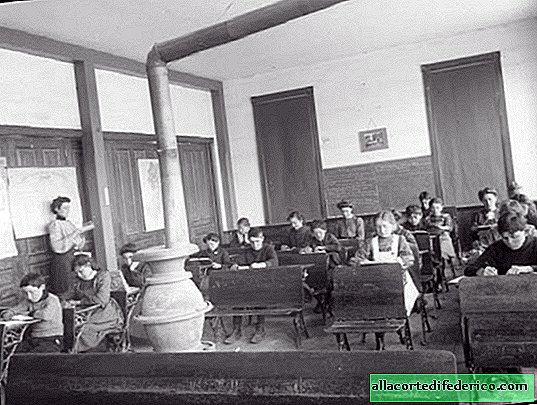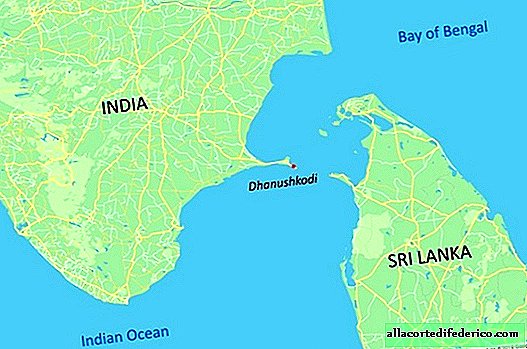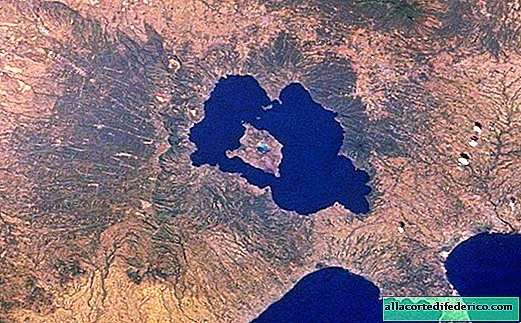What coin was the "dollar" of the Ancient World
In the ancient world there was a "dollar". This coin paid the market merchants, mercenary warriors, diplomats. She had circulation almost throughout Europe. It is found during archaeological excavations in Britain, Scandinavia, on the Arabian Peninsula, on the lands of the former Khazar Khaganate, in Germany and Russia. Her name is Byzantine solid. He was also called Besant and Byzantine.

The coin was made of pure gold. Solid began its history in the year 309. It was used by Emperor Constantine to replace the golden aureus. This currency was the main coin of the Roman Empire, and then Byzantium. When it was introduced into widespread use, it weighed about 4.5 grams.

By this time, solid was worth 275,000 increasingly depreciating dinars, each of which contained only 5% silver or one-twentieth of the amount that it had three and a half centuries ago. For comparison, an aureus in its heyday cost about £ 200 in modern terms, while a solid who replaced it was worth £ 110,000. This means that, despite the fact that solid contained 3.63 g less gold than the original aureus, it cost 550 times more.

The manufacture of coins was monitored strictly. From the 4th to 11th centuries, it was minted at the imperial mint in Constantinople, in Thessaloniki, Rome, Milan, Ravenna, Jerusalem and some other cities.
On the front side was always a portrait of the emperor. And so detailed that the artists conveyed all the shortcomings of the appearance of the ruler. The more he looked like himself, the more reliable the coin was. This was a kind of guarantee.

On the reverse side depicted symbols related to each particular emperor. For example, it could be an eagle. With the spread of Christianity, eagles were replaced by the patron saints of the emperor. In the Baltic lands, Byzantine solids paid for amber and furs.
At the end of the 7th century in North Africa, the countries of the eastern part of the Mediterranean Sea, Byzantine money was replaced by Arab dinars.

Caliph Abdul-Malik ibn Marwan began their production. He gained the opportunity to get gold from the shores of the Upper Nile. These dinars also began to spread beyond the borders of Byzantium.
The Byzantine solid exerted its historical influence on the monetary system of many European countries. Including Russia. The first gold coins were minted at the end of the 10th - beginning of the 11th century. Scientists called them "zlatniks". They were outwardly similar to Byzantine money and had a weight of 4.2 grams.
The life of the Byzantine monetary system depended on Byzantium itself. As soon as in 1453 the kingdom fell under the onslaught of the Ottoman Turks, and Constantinople became Istanbul, the story of the solid ended.

















